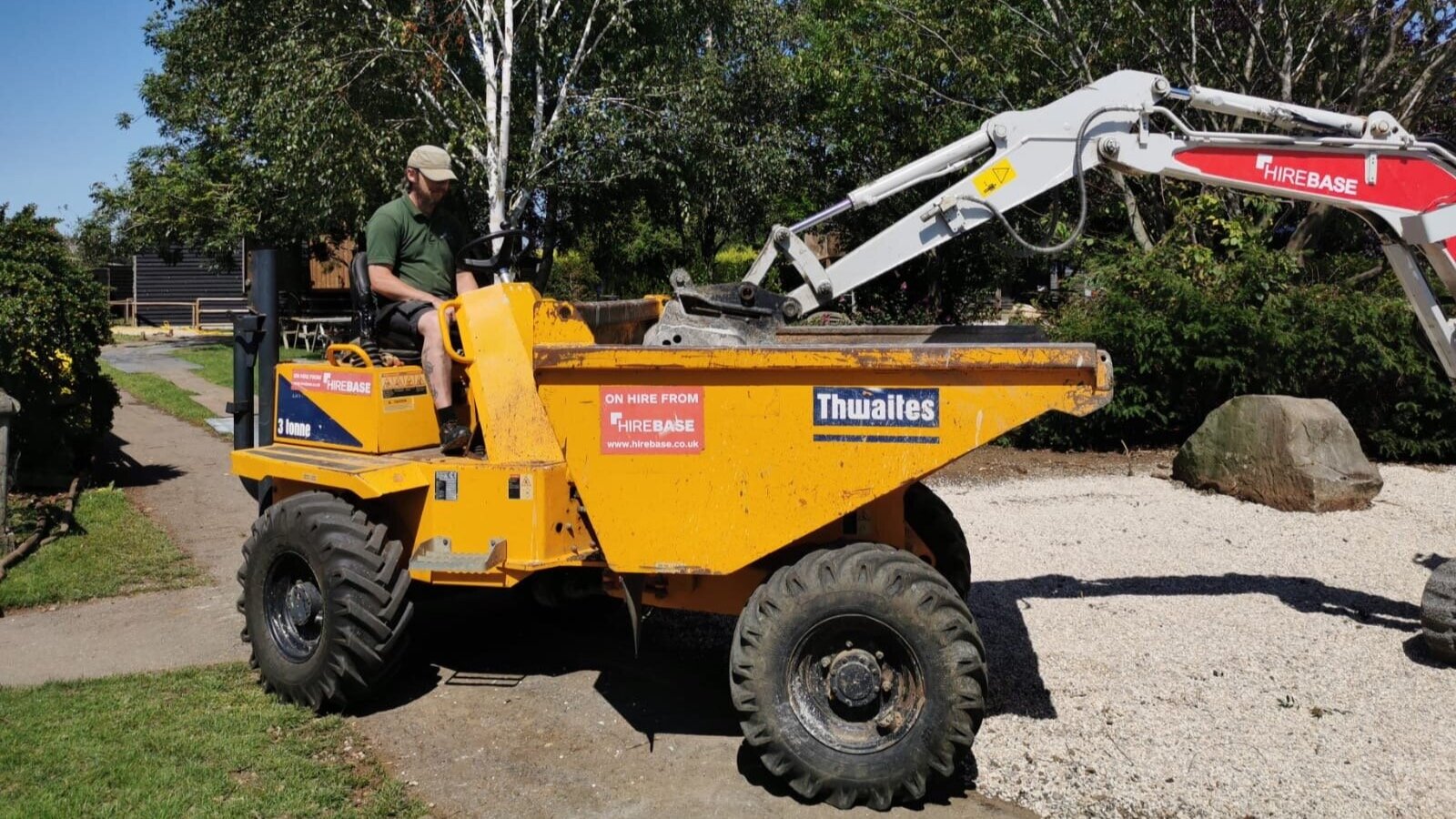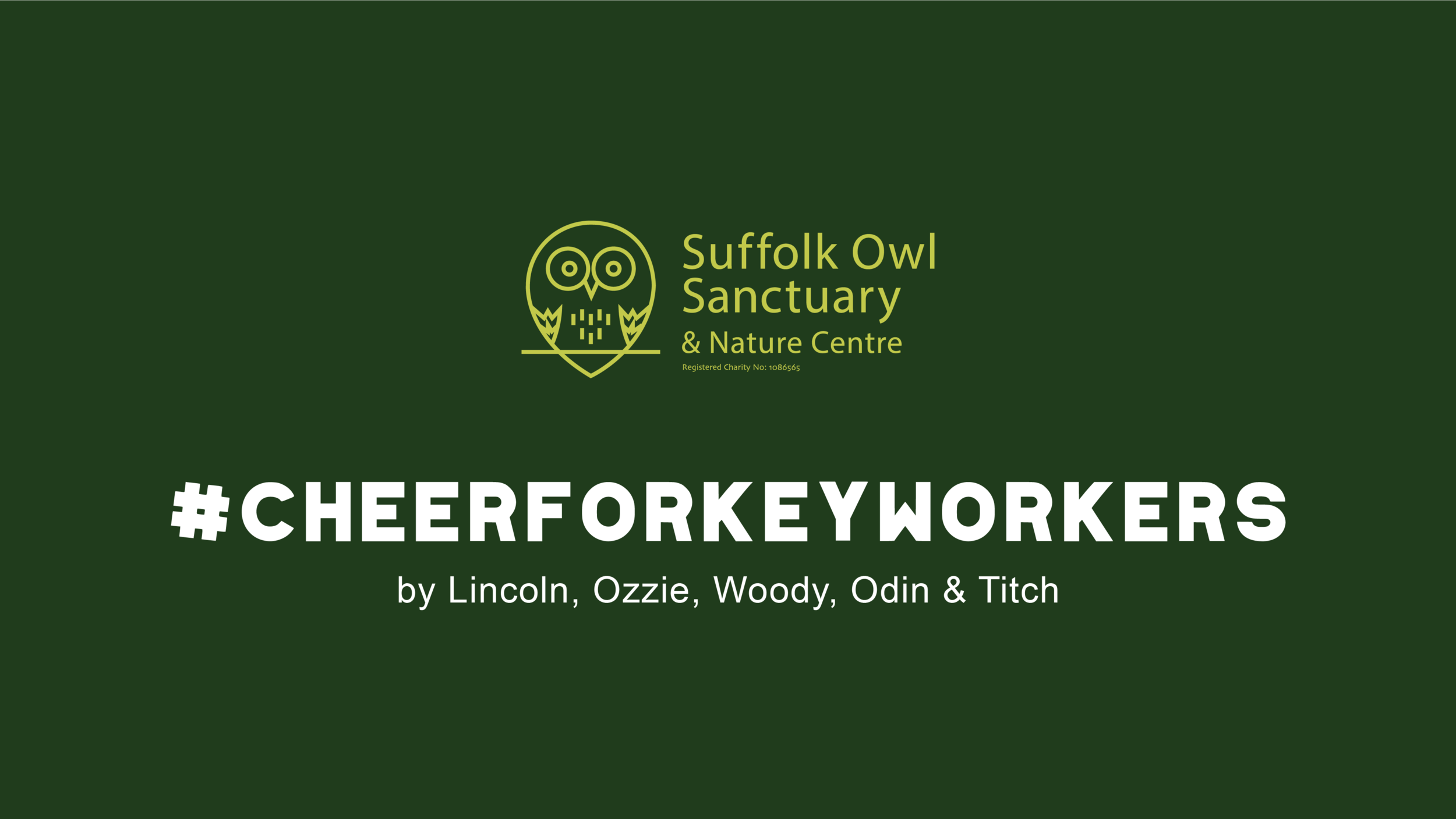Winter is coming…
With winter just around the corner, we’ve seen a number of younger birds brought into our Raptor Hospital suffering from starvation and dehydration. This is nature’s way of determining the “survival of the fittest” and making sure that only healthy birds survive to breed and pass on their genes to the next generation.
In the wild, birds will often overcompensate for this and lay more eggs than would be required to replace the parents. Tawny owls can lay up to three eggs, buzzards four, kestrels up to six eggs per clutch and barn owls can lay up to eleven eggs and have been known to have two broods a year. Birds of prey will start incubating the first egg as soon as it’s laid, which means that the chicks don’t all hatch at the same time (known as asynchronous hatching), and in larger clutches can mean a week or more between the first and last hatched chicks.
This obviously gives the first chicks to hatch a massive head start, so by the time the youngest chick has hatched, it is often at the bottom of the pile for food from the parents and means that the younger chicks often die of starvation. In some species, such as eagles, obligate siblicide occurs, where the larger, stronger chick kills and eats its smaller siblings in years when food is scarce.
In wild barn owls, only 40% survive to see their first birthday, whereas in kestrels this is only 29%, so it is unsurprising that we’ve had so many intakes in the past month. However, if they do survive their first year, they stand a good chance of living to a good age, according to their species - the average for barn owls is 4 years although they have been known to live for up to 16 years in the wild.
For our native birds of prey, most youngsters have been out looking after themselves for a few months now, hopefully gaining experience hunting for prey and learning where to find shelter when we have had bad weather. But with bad weather days being more frequent as winter approaches, some are clearly struggling to find enough food.
Young bird feathers are not as waterproof as adult feathers, so constant rain can be a killer as the birds struggle to hunt in rain. As the juvenile plumage gets wet in the process, the feathers can’t dry before the birds have to try hunting again. We’ve also had strong winds, which can blow birds into buildings, trees or vehicles if caught unawares, and can lead to damaged feathers or broken bones.
Whilst we do everything we can for all the birds that are brought into the hospital, some come in so weak that they are unable to eat by themselves. We can intervene and tube feed to get essential nutrients into them, but regrettably this sometimes comes too late and a number may die if we are unable to nourish them in time.










































